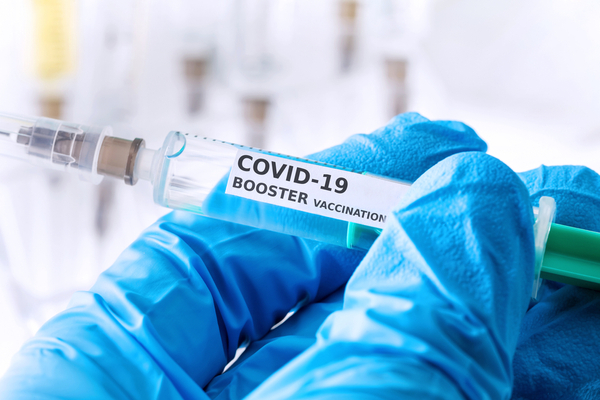As Healthline reports, after one-and-a-half years and many coronavirus variants, the COVID-19 vaccines are finally getting an update, the FDA announced on June 30. This change is to provide broader immunity against fast-spreading Omicron subvariants while still ensuring the same “base of protection” against severe illness and death offered by the original vaccines. To support these goals, the Food and Drug Administration (FDA) said it has advised vaccine makers to update their COVID-19 vaccines to include a component that targets the spike proteins of the Omicron BA.4 and BA.5 subvariants. As of June 25, these two subvariants account for over half of coronavirus cases in the United States, according to the Centers for Disease Control and Prevention (CDC).
Dr. William Moss, executive director of the International Vaccine Access Center at the Johns Hopkins Bloomberg School of Public Health, said the FDA’s decision is a good one. “We have seen over time the phenomenon of both waning immunity and immune escape from a new variant,” he said. “So I certainly think that it is time for an updated vaccine.” He cautioned that there is no guarantee that BA.4/5 will still be circulating by the time the reformulated boosters are rolled out. However, “I think it’s a reasonable bet that the dominant variant in circulation is going to be some version of Omicron,” he said.
The FDA’s decision comes two days after the agency’s independent vaccine advisory committee overwhelmingly voted to recommend that booster vaccines include an Omicron component. The current COVID-19 vaccines continue to offer strong protection against severe illness and death, especially among people who have received all boosters they are eligible for. But the Omicron variants have shown the ability to overcome some of the immune protection offered by both vaccination and prior infection.
In addition, the protection for many people will be waning by the time a possible fall or winter surge arrives due to the time that has passed since their last dose. And there’s a risk that a new, more transmissible variant could emerge by then. “As we move into the fall and winter, it is critical that we have safe and effective vaccine boosters that can provide protection against circulating and emerging variants,” Dr. Peter Marks, director of the FDA’s Center for Biologics Evaluation and Research, said in a statement.
Vaccine makers will add the Omicron component to the current vaccine composition, making this a bivalent booster vaccine. Marks also said that the agency has not asked vaccine manufacturers to change the composition of the vaccine used for the primary series — for most people, this is the first two doses of an mRNA vaccine. The current makeup of the vaccines “provides a base of protection against serious outcomes of COVID-19,” said Marks. The reformulated vaccines could be available by early October, say vaccine makers.
Before the new two-component boosters can be rolled out in the fall, they will need to undergo clinical testing to see how much of an immune response they generate against the currently circulating variants. These kinds of clinical trials have already been done by Pfizer-BioNTech and Moderna with vaccines that target another Omicron subvariant, BA.1 — both as a one-component and two-component booster — with some positive results. The FDA will review data from the BA.4/5 booster studies when available.
After that, the CDC’s vaccine advisory committee will meet to make a recommendation about which Americans should receive the new booster. The CDC could recommend the boosters only be offered to people most at risk from COVID-19, such as older adults and those with certain underlying medical conditions, as some experts have recommended. Or the agency could decide that everyone vaccinated so far could benefit from a booster that also targets Omicron. Or somewhere in between.
As for who will receive which version of the vaccine, based on what the FDA has said so far, people who have already been vaccinated, including those who are boosted, would receive the new two-component vaccine. Unvaccinated people would start with the current vaccine for their primary series. However, this could change by the fall if data shows that the two-component vaccines also work well for a person’s first two doses.
The Biden Administration announced that it will buy 105 million doses of Pfizer’s reformulated vaccine, with options to purchase up to 300 million doses. Pfizer said at the June FDA vaccine advisory committee meeting that these doses could be available for delivery in early October, while Moderna estimated its reformulated doses could be ready in late October or early November.
To improve on the roll-out of the reformulated boosters, some experts think we should move away from using the term “booster,” which many people associate with the middle of the pandemic. Instead, they suggest referring to the fall COVID-19 vaccine top-ups as “another annual shot.” People are already used to hearing about and receiving an annual flu shot in the fall or winter. This vaccine is reformulated each year to target the influenza virus strains that are expected to be in circulation.
—
Photo Credit: Tobias Arhelger / Shutterstock.com
